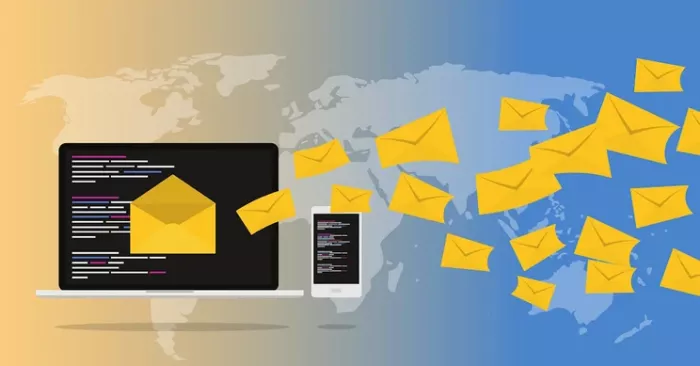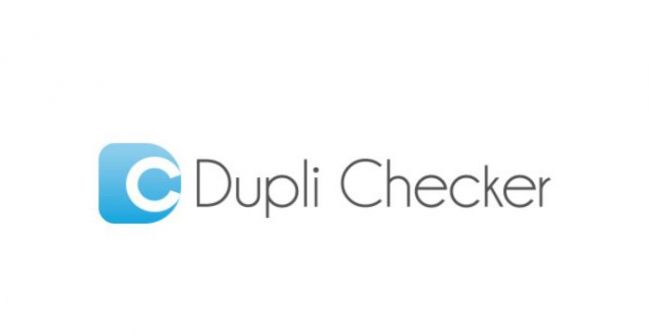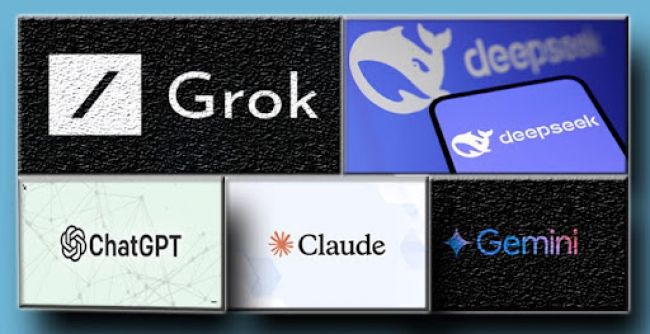Let’s face it—event planning can feel like juggling flaming swords while blindfolded. You’ve got to handle logistics, manage guests, coordinate vendors, and somehow still find time to breathe. Whether you’re organizing a corporate conference, a charity gala, or even a wedding, the sheer number of moving parts can be overwhelming.
Now imagine this: half of every incinerating sword in secure lockboxes—outsourced, automated, and real-time tracked. That's what automation does to event planning. It's not hype; it's a real, game-changing change that's revolutionizing the way events are planned out, executed, and delivered.
Why Automation is Important to Event Planning
Event planners do it all: project manager, IT guru, customer service representative, and even periodic counselor. It's a pressure cooker with an entire chain of minutiae to juggle. A misplaced email, a misspelled name on a name tag, and the entire event comes apart at the seams.
And that is where automation fills in, not to replace the magic of human touch or creativity but to give space for it. Automating the tedious, time-wasting drudgery gives planners time to plan, live, and dream and not waste hours on spreadsheets and manual RSVPs.
Let's begin with some examples and rules on how automation can truly take your event game to the next level.
1. Registration Without the Headache
Sign-up was so last yesterday—and hooray for that. No longer do you have to track sign-ins into Excel and send confirmations one by one via email. Now you have the indulgence of being able to look to software that can so effortlessly automate sign-up. Guests sign up on branded sign-up sheets, are automatically confirmed, and automatically sent follow-up emails or calendar invites.
Better still? You can gather information about your people even at registration time—job title, interest, or previous attendance, to mention a few. That's ahead of time and it's pure gold.
Tip: Apply conditional logic on your forms so participants are only presented with questions which are applicable to them. For example, speakers and sponsors do not need to give the same responses as the rest of the attendees.
2. Personalized Email Marketing

Personalized messaging is likely the strongest use of automation for event planning. We are referring to personalized email workflows by phase where a person is within the event process—pre-registered, post-registered, or post-event.
Rather than sending everyone all emails to the group, you can have workflows that create one-to-one kinds of sentiments. There are reminders, session suggestions, speaker spotlights, and even reminder text like "see you tomorrow!" which you can all preprep ahead of time before sending them.
Example: When Jane registers for your tech conference and selects "AI" as an area of interest, infrastructure can assure she is notified for AI sessions, and follow-up post-event about AI content. That makes sense and that is obvious.
3. Real-Time Scheduling and Updates
If you ever had to inform 300 people of an eleventh-hour last-minute speaker replacement, you'll appreciate the torture. Automated scheduling and notification systems will alert the attendees in real-time via app push, SMS, or email. Not only does it alert everybody, it prevents stress and confusion for the planning committee and attendees.
Tip: Use technology that enables users to create their own agenda and get push notifications for sessions they have chosen. It's a little thing that pays enormous dividends in terms of engagement.
4. Event Engagement
This is where the magic begins with automation. Your live poll, Q&A, gamification, and your own feedback can all be automated within your event space. You don't have to have an entire team of moderators fighting comments back and forth anymore or manually tally contests.
Not only do you receive more activity from your participants with this, but you also receive wonderful insight in real time of what works and what doesn't.
Example: On a virtual panel, you can make polls pop up at key points. The answers appear in real time, and the session stays lively and open. You can even auto-redirect participants to rate a session the moment it has concluded.
5. Follow-Ups (That Won't be Forgotten)
We'd like to fire off follow-up content, surveys, and thank-you's. But the moment the event ends, exhaustion sets in and everything out the window goes.
Automation ensures follow-ups are regular, personalized, and punctual. Replicating a voice recording, configuring a poll, or giving out the upcoming event coupon code are all options that can be programmed to be accomplished ahead of time prior to the event itself.
Tip: Include logic that will cause you to send variable emails depending on how someone engaged with your event. For example, people who attended but heard only half of the sessions can receive a personalized "Catch up on what you missed" package:
The Tech Behind the Curtain
All this is enabled by smart event-specific software. From registration, through interaction, to reporting, the platforms these days are designed to serve planners A to Z.
If you're new on the planet, then investing in the right event management software can be a changer. It smoothes your process, gets the communication in sync, and allows you to get the bird's-eye view without losing out on the details.
The good news? You don't have to be a techno-ninja to learn about them. They are all easy to use, easy to install, and with incredible support staff.
A. New Vision: Let Technology. Do the Heavy Lifting
The concept is this: automation has nothing to do with removing the human from it. It has to do with releasing your energy so that you have more of it to invest in the world where it'll be most valuable—creating special moments, creating real connections, and thinking carefully when things change inevitably.
Consider automation as your behind-the-scenes assistant. It doesn't take center stage—it frames the stage so you can take center stage.
Takeaways: Your Next Steps Towards Smarter Planning
If you're curious about diving into the automation pool but aren't sure where to begin, do it incrementally. Pick one process—maybe registration or email reminders—and automate it. See the difference in your time, energy, and sanity.
Here's a quick checklist to get you moving:
✅ See your current process – Determine what tasks are most prone to error or are redundant.
✅ Find automation platforms – Locate tools within your budget and your requirements.
✅ Pilot and iterate – Pilot one process and then iterate before scaling.
✅ Keep the attendee experience front and center – Always ensure your automations are beneficial to the person on the receiving end.
✅ Validate your data – Leverage automation to discover insights and make subsequent events better.
You have the vision. Let technology make it happen—smoother, faster, with so much less stress.
The next time you're getting ready for an event, ask yourself: What can I automate today to make time for magic tomorrow?
Because when technology handles the heavy lifting, you can do what you do best—make memories last.
Post Comment
Be the first to post comment!
Related Articles

Why Tech Pros Are Obsessed with Poker
Apr 21, 2025


